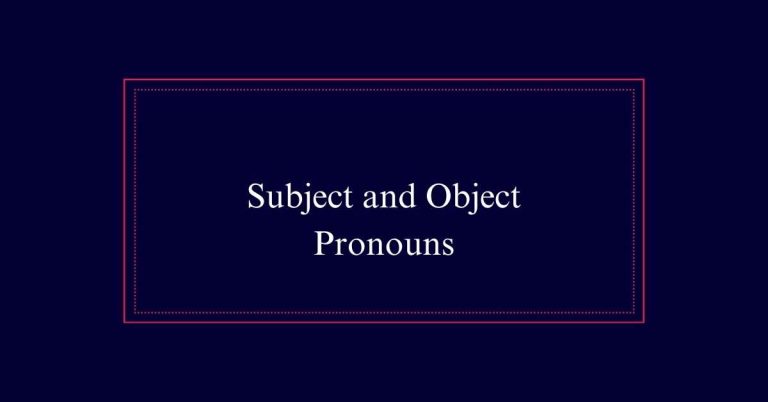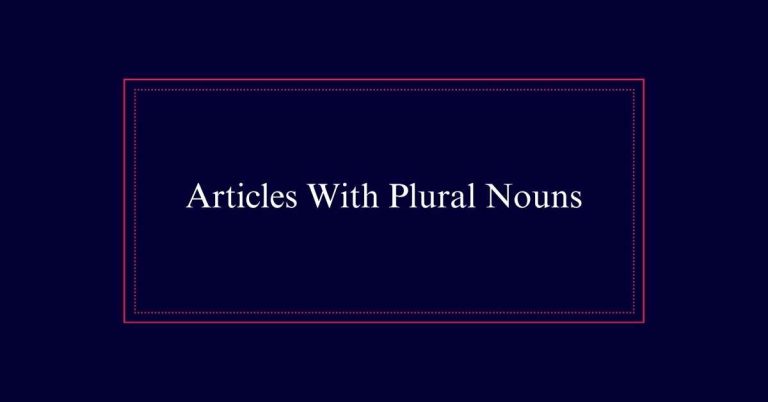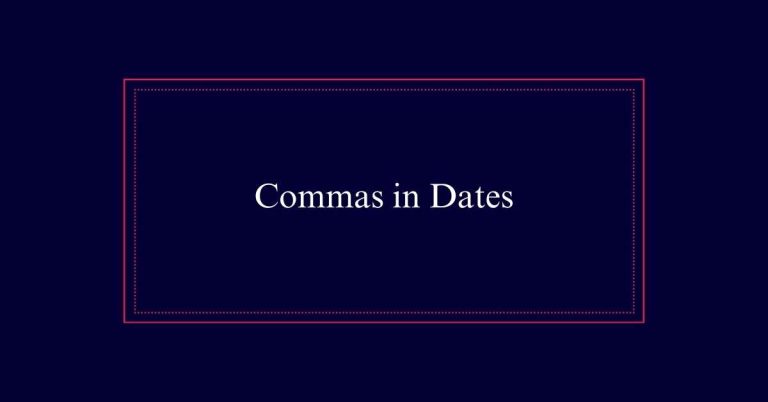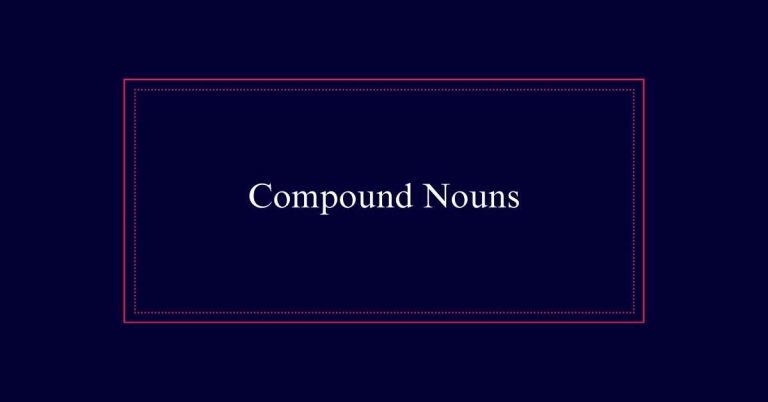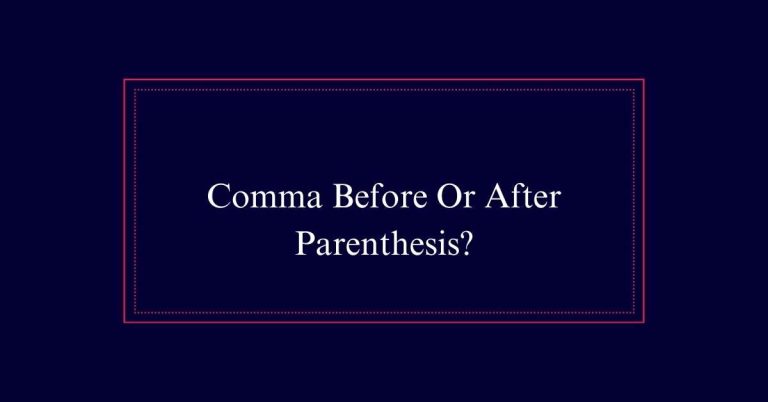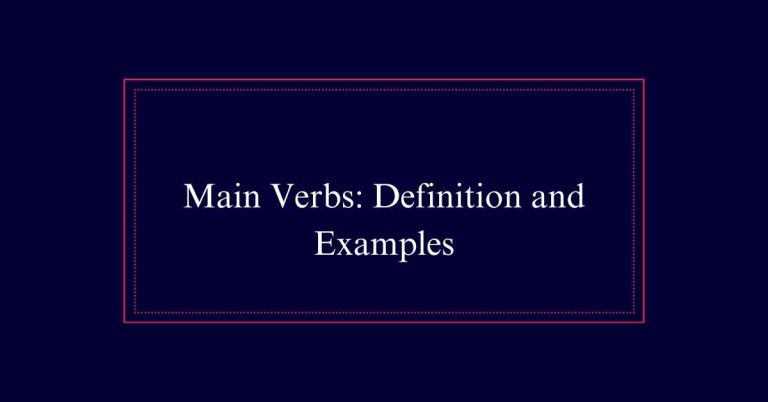Linking Verbs
Linking verbs connect the subject of a sentence to a subject complement, which describes or identifies the subject. They do not show action but indicate a state or condition. Common examples include ‘be,’ ‘become,’ and ‘seem.’ Sensory verbs like ‘appear,’ ‘look,’ ‘feel,’ and ‘taste’ also act as linking verbs, enriching the sentence by describing the subject’s state.
These verbs link the subject to predicate nominatives or adjectives, ensuring clear communication. For instance, in “She seems happy” and “He became a doctor,” ‘seems’ and ‘became’ are linking verbs.
Definition of Linking Verbs
Linking verbs are verbs that connect the subject of a sentence to a subject complement, which describes or identifies the subject. They do not show action but explain the state of the subject.
Common linking verbs include ‘be,’ ‘become,’ and ‘seem.’ For example, in the sentence ‘She is a teacher,’ ‘is’ links ‘she’ to the subject complement ‘teacher.’
Linking verbs can also use subject complements like predicate nominatives (nouns) and predicate adjectives (adjectives) to provide details about the subject.
It is important to note that these verbs must correspond with the subject in number and tense.
Sensory Verbs as Linking Verbs
Sensory verbs like appear, look, feel, smell, sound, and taste often function as linking verbs by connecting the subject to a descriptive complement. These verbs describe the state or condition of the subject rather than an action.
For example, ‘The soup tastes delicious’ uses the verb ‘tastes’ to link the subject ‘soup’ to the adjective ‘delicious,’ which describes it. Similarly, in ‘She looks tired,’ the verb ‘looks’ connects ‘she’ to ‘tired.’
Always Linking Verbs
Certain verbs, such as ‘become’ and ‘seem,’ always function as linking verbs. These verbs do not express action; instead, they connect the subject of a sentence to additional information about that subject.
For example, in the sentence ‘She became a doctor,’ the verb ‘became’ links the subject ‘She’ to the noun ‘doctor,’ which describes her state. Similarly, ‘seem’ works the same way, as in ‘He seems tired,’ where ‘seems’ connects ‘He’ to the adjective ‘tired.’
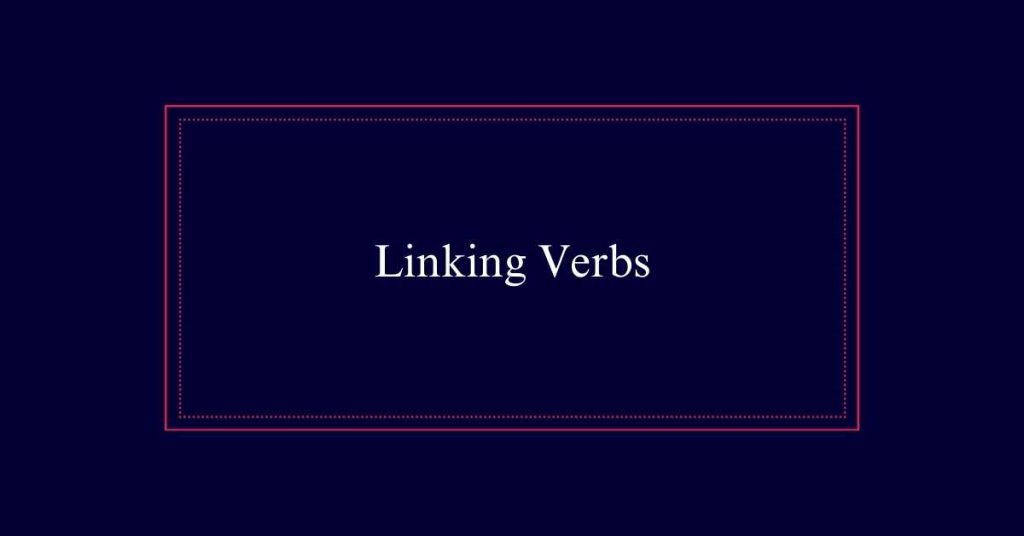
Subject and Predicate
Every complete sentence consists of two main parts: the subject and the predicate. The subject is the noun or pronoun that performs the action or is described. It tells us who or what the sentence is about.
The predicate is the part of the sentence that tells us what the subject does or is. It contains the verb and provides information about the subject. In sentences with linking verbs, the predicate includes a subject complement, which describes or identifies the subject.
Subject Complements
Subject complements are essential components in sentences that use linking verbs to provide additional information about the subject. They follow linking verbs and help complete the meaning of the sentence by describing or identifying the subject.
Subject complements can take several forms:
- Nouns: These rename or identify the subject. For example, ‘She is a doctor.’
- Adjectives: These describe the subject’s qualities. For example, ‘The sky looks blue.’
- Phrases: These can provide more detailed descriptions. For example, ‘The park remains a beautiful place.’
Predicate Nominatives
Continuing from subject complements, predicate nominatives are specific types of complements that rename or identify the subject using a noun or pronoun. They follow linking verbs and provide additional information about the subject.
For example, in the sentence ‘She is a doctor,’ the word ‘doctor’ is a predicate nominative that renames ‘she.’ Predicate nominatives are essential for clarity in sentences, ensuring that the subject is clearly identified or renamed. They always follow linking verbs like ‘is,’ ‘are,’ ‘was,’ and ‘were.’
Predicate nominatives can also include pronouns, such as in ‘It was he who called.’
Predicate Adjectives
Predicate adjectives are complements that follow linking verbs and describe the subject by providing additional information about its qualities or state. They help to give more detail and clarity to the subject of the sentence.
For example, in the sentence ‘The sky is blue,’ ‘blue’ is a predicate adjective describing the sky.
Here are three key points about predicate adjectives:
- Identification: They always follow linking verbs such as ‘is,’ ‘seem,’ or ‘become.’
- Function: They modify the subject by providing descriptive details.
- Position: They typically come after the verb and before the rest of the sentence.
Subject-Verb Agreement
To guarantee that sentences are grammatically sound, it’s important to understand how subject-verb agreement functions. In English, the verb must match the subject in number (singular or plural). This rule guarantees clarity and correctness in sentences. Linking verbs, such as ‘is,’ ‘are,’ ‘was,’ and ‘were,’ must agree with their subjects. Below is a table that illustrates subject-verb agreement with linking verbs:
| Subject | Singular Verb | Plural Verb |
|---|---|---|
| He | is | are |
| She | is | are |
| The cat | is | are |
| The cats | are | are |
Identifying Linking Verbs
Identifying linking verbs is essential for understanding how subjects and their descriptions are connected in a sentence. These verbs do not show action but link the subject to a subject complement.
To identify linking verbs, consider the following steps:
- Check for Sensory Verbs: Words like appear, look, feel, smell, sound, or taste often function as linking verbs.
- Identify Always-Linking Verbs: Verbs such as become and seem are consistently linking verbs.
- Look for Subject Complements: If the verb connects the subject to a noun (predicate nominative) or an adjective (predicate adjective), it is likely a linking verb.
Linking Vs Action Verbs
Understanding the difference between linking verbs and action verbs is key to mastering sentence structure.
Linking verbs connect the subject to a subject complement, which describes or identifies the subject. Examples include ‘is,’ ‘seem,’ and ‘become.’ These verbs do not show action but a state of being or condition.
In contrast, action verbs depict what the subject is doing. Examples are ‘run,’ ‘eat,’ and ‘write.’
Some verbs, like ‘feel’ and ‘appear,’ can be both linking and action verbs, depending on their use in a sentence.

